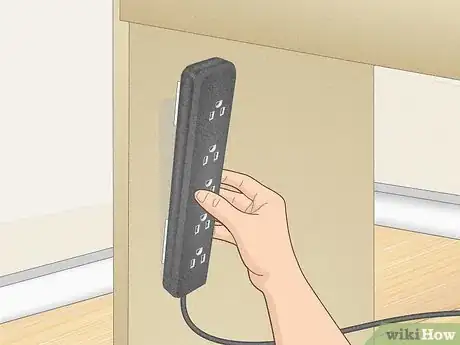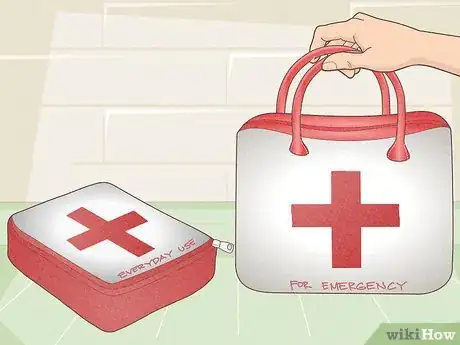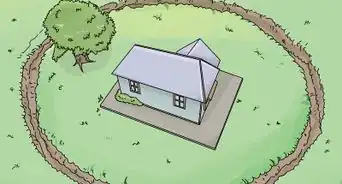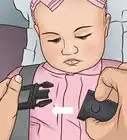This article was co-authored by wikiHow Staff. Our trained team of editors and researchers validate articles for accuracy and comprehensiveness. wikiHow's Content Management Team carefully monitors the work from our editorial staff to ensure that each article is backed by trusted research and meets our high quality standards.
Learn more...
Picture this. It’s a hot summer day and you’re on the couch, watching something on your phone. Suddenly, the lights start to dim. The air conditioner turns off for a second, only to switch on again as the lights brighten back to normal. Minutes later, the power goes out completely. Sound familiar? If so, you've probably experienced brownouts and blackouts before. Both result from drops in electrical supply—but their exact causes and consequences are very different. Curious to know more? We’ve prepared a simple explanation of blackouts and brownouts, including why they happen and what you should do to prepare for them.
Things You Should Know
- A brownout is a partial reduction in power to sections of an electrical grid.
- A blackout is an unplanned, total loss of power to part or all of an electrical grid.
- Brownouts are sometimes planned by utility companies to prevent power surges or blackouts caused by sudden increases in demand.
- Prepare for brownouts by plugging your devices into power strips. Prepare for blackouts by keeping a supply of flashlights and batteries readily available.
Steps
How to Prepare for Brownouts and Blackouts
-
1Prepare for brownouts by plugging your devices into surge protectors. Surge protectors and power strips protect your electronics in the event of a power surge, which sometimes occurs after a brownout.[3] Use power banks and battery backups for super-important things, like desktop computers and home security systems. These deliver a constant supply of electricity, regardless of a brownout or blackout.[4]
- The initial drop in power during a brownout could cause computers and other electronic devices to malfunction. Battery backups can help prevent this.[5]
- Make sure your home’s circuit breaker is working correctly. Have an electrician inspect it periodically to ensure it’s in working order.
-
2Prepare for blackouts by having an emergency kit handy. Prepare an emergency kit with flashlights, batteries, potable water, and shelf-stable food. Stash your kit where you can access it easily, like a cabinet in the kitchen or bathroom.[6]
- When the power goes out, check your home’s circuit breaker for any tripped switches.
- Unplug any computers, TVs, and other electronic devices before the power comes back online. This will prevent damage in the event of a power surge.[7]
- Avoid using candles due to the risk of fire. If you have to use a candle, keep it away from anything that could catch fire. Never leave it unattended.[8]
- Always keep at least one smartphone plugged in to ensure you’ll have a working phone in the event of a blackout.
References
- ↑ https://www.seattle.gov/Documents/Departments/Emergency/PlansOEM/SHIVA/2014-04-23_PowerOutages.pdf
- ↑ https://youtu.be/R_HGnc63QKU?t=141
- ↑ https://nvlpubs.nist.gov/nistpubs/ir/2016/NIST.IR.7621r1.pdf
- ↑ https://www.esfi.org/brownouts/
- ↑ https://www.ready.gov/power-outages
- ↑ https://www.ready.gov/power-outages
- ↑ https://nvlpubs.nist.gov/nistpubs/ir/2016/NIST.IR.7621r1.pdf
- ↑ https://www.cdc.gov/disasters/psa/candles.html
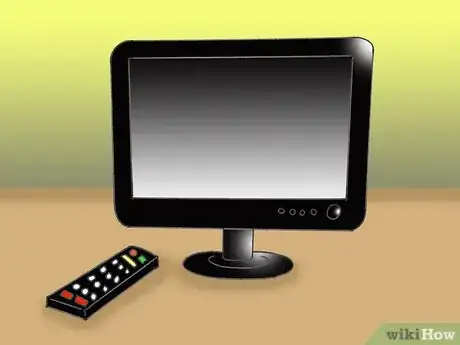
-Step-10-Version-4.webp)
